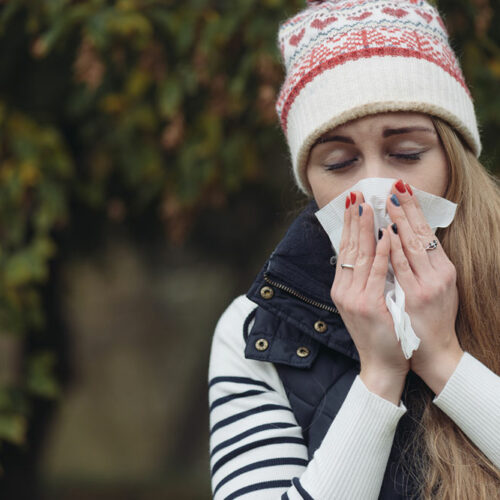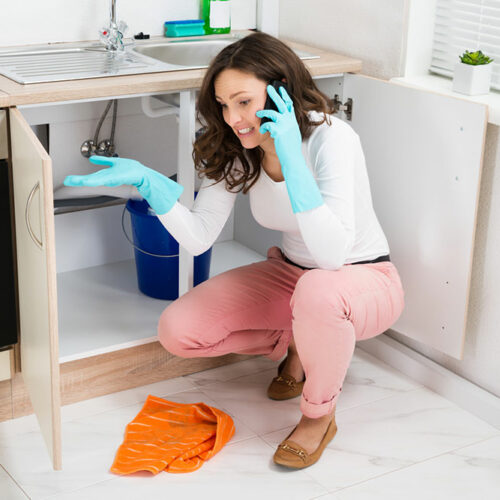6 mistakes to avoid when battling the flu

Conditions like the flu and common cold are not easy to dodge. Almost everyone gets the flu at least twice or thrice a year, and those with seasonal allergies face flare-ups as soon as the weather changes. While the symptoms typically persist for 3-5 days, sometimes, they last longer. This can be exacerbated by mistakes a person may commit while recovering from the flu. So, here are some common mistakes that need to be avoided. Keeping up with usual routine When one is down with the flu, their immune system works harder than usual to combat the germs. Therefore, the body requires all the energy possible to fight the flu. Resting, napping, and sleeping as much as possible are ways to help the system recover. But instead, if one continues to power through their usual routine, such as going to work or school, it will take longer for the flu symptoms to get better. Ignoring the flu symptoms for too long The flu takes about a couple of days to a week to subside. But for proper symptom management, one must pay attention to the signs and take necessary precautions. Taking enough rest, making healthy nutrition choices, and taking flu prescriptions are some ways to get better.






